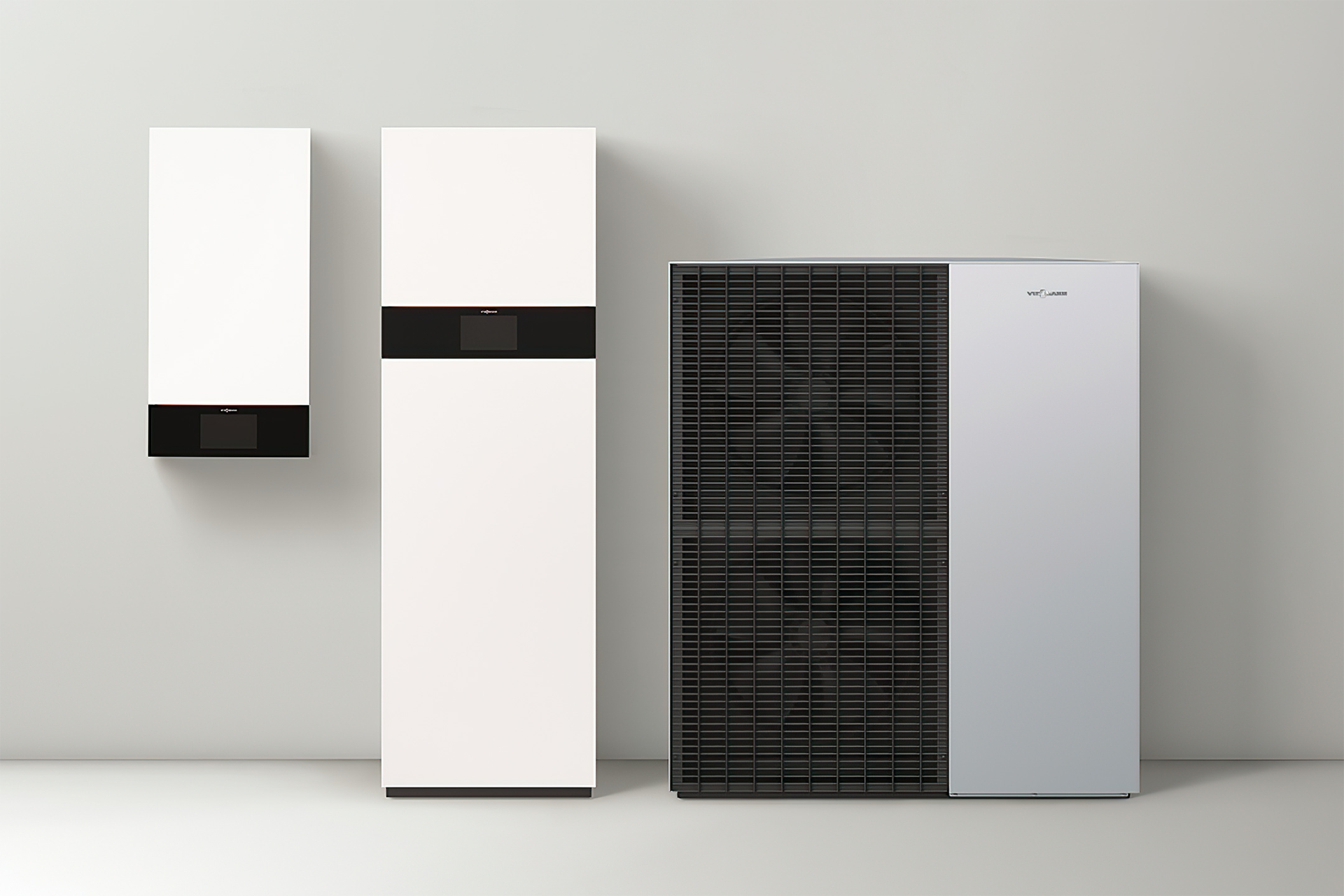London Air Source Heat Pump Installer
Installing a heat pump will reduce fossil fuel usage and your carbon footprint.
Not all properties will benefit from a heat pump. Most will.
The first step is a heat loss calculation on the property. That means every wall is measured, window type (single or double glazed), roof insulation, cavity walls, flooring material, are all taken into account to give you a heat loss figure (measured in kW) for your property so the correct size heat pump can be specified.
Having a heat pump that’s incorrectly sized results in a cold property or huge energy bills.
Where possible, you should improve insulation before having a heat pump installed, things like attic/roof insulation, cavity wall insulation, double glazing.
Depending on your existing setup, it’s more than likely some changes will have to be made so the heat pump is both effective and efficient, this may include upsizing some radiators and pipework.
You will need a hot water cylinder. In most cases your existing (if you have one) won’t be compatible with a heat pump, which needs a bigger coil than a standard hot water cylinder designed for gas boilers.

Viessmann Vitocal 151-A
Modernisation made fast and simple with the latest-generation floor-standing Vitocal 151-A domestic air source heat pump – available with outputs of 10, 13 and 16 kW.
Like its 150-A wall-mounted counterpart, it has a maximum flow temperature of 70°C and can use existing radiators, making it a perfect, energy saving solution!
